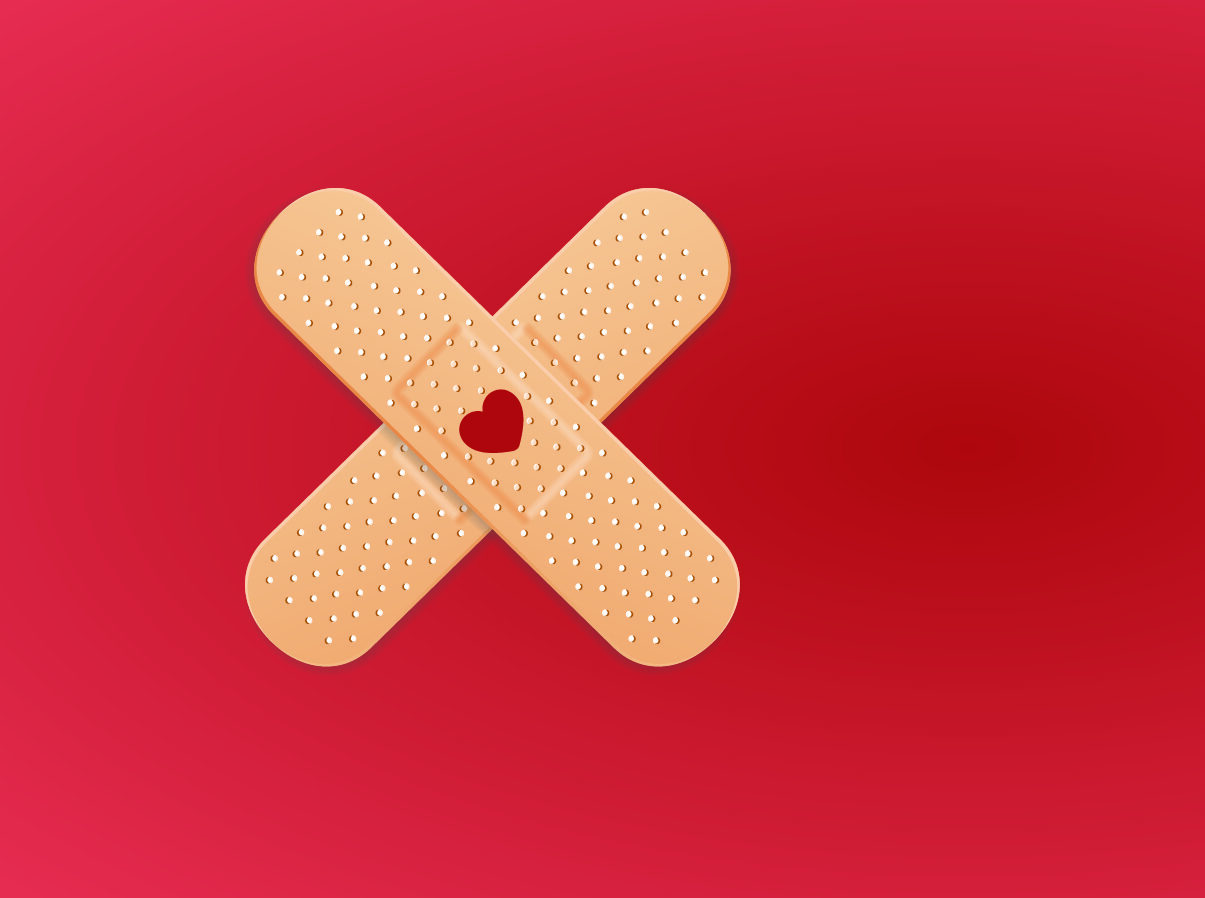
By T.J. Mack, MSN, RN, CEN, TCRN, CPST, trauma research and education coordinator for Spartanburg Regional Healthcare System
Cooler weather, rustling leaves, campfires and college football are part of the fall season.
Many people neglect to consider that accidental falls are a serious problem with potentially serious consequences, especially for older adults.
Falls account for the highest percentage of trauma injuries. More patients are treated for falls than for violence and motor vehicle accidents combined.
Those at highest risk for falls are the very young (under age 4) and older adults (over 65 years old). Falls are the leading cause of fatal and non-fatal injuries for people over 65.
People can fall for many reasons, and often falls are related to a combination of risk factors.
For children, the highest risk factors are muscular weakness or development, and not being aware of your safety. In older adults, the top risk factors include muscular weakness, decreased safety awareness, medication usage, decreased balance, gait and difficulties with hearing, vision and sensation of touch.
What happens when we fall?
When we fall, our injuries depend on what we hit, the height of the fall, the force leading up to impact and our body’s particular makeup and history. Falls from standing can lead to:
- Traumatic brain injuries.
- Hip fractures.
- Cervical spine (neck) injuries.
- Rhabdomyolysis (muscle breakdown), which can lead to acute kidney failure.
Thankfully, falls are preventable. As people age, there is a greater risk of falling but that does not mean that falls are a natural part of aging.
Prevent falls by following these simple steps:
- During your yearly physical with your healthcare provider, review your medication list and common side effects. You may even find some medications that are no longer necessary.
- Review your health conditions with your health care provider and ask if any of these increase your risks of falling.
- Have your hearing and vision checked yearly. Due to their gradual changes, your medical provider may find an issue before you do.
- Stay active. The most common cause of falling is muscular weakness. Taking part in a comprehensive exercise program multiple times a week will increase your strength, balance and confidence, and may assist you in decreasing blood pressure and cholesterol. Local healthcare systems and senior centers often offer fall prevention programs that allow you to work at your own pace.
- Keep your house clean and clear of hazards. Collections of newspapers, mail, packages, and household items such as drop cords and throw rugs increase our risk of falling. Make a clear and clutter-free path to frequently used areas.
- Know your body and its limits. If you are one who gets dizzy when you get out of bed or up from a chair, make sure you give yourself extra time.
- Use assisted devices when directed. If you have been directed to use an assistive device, do so until you can show your healthcare provider (through strength and balancing programs) that the device is no longer necessary.



